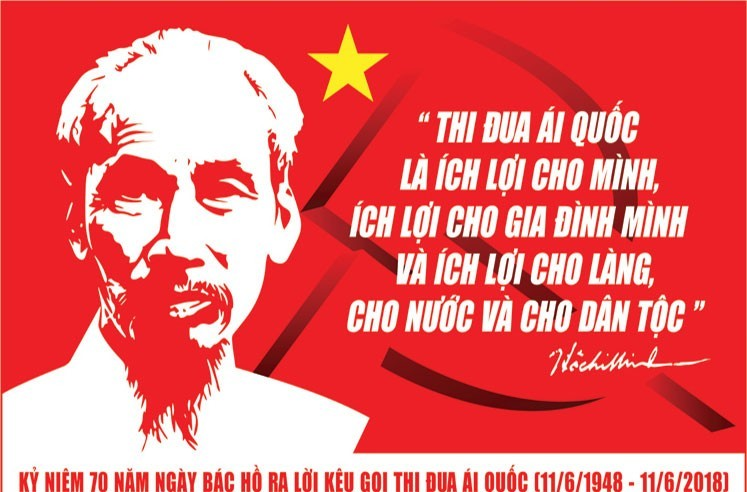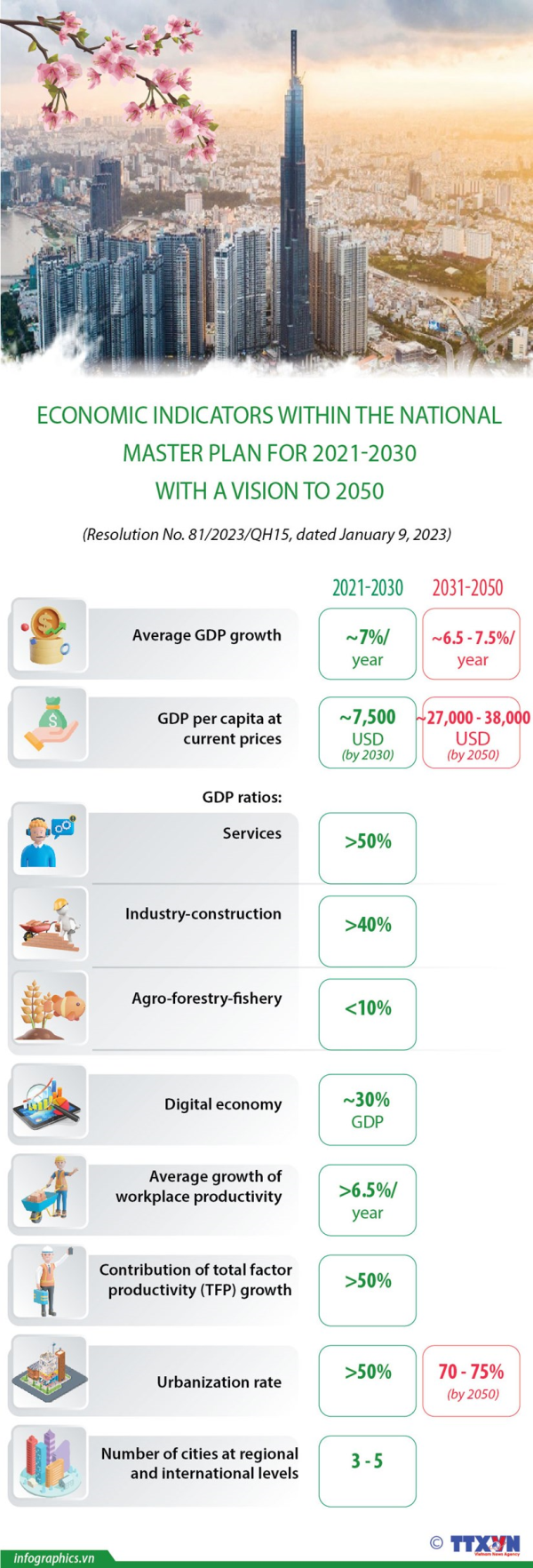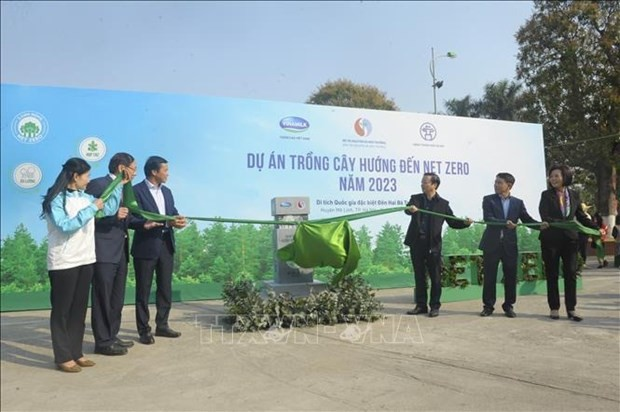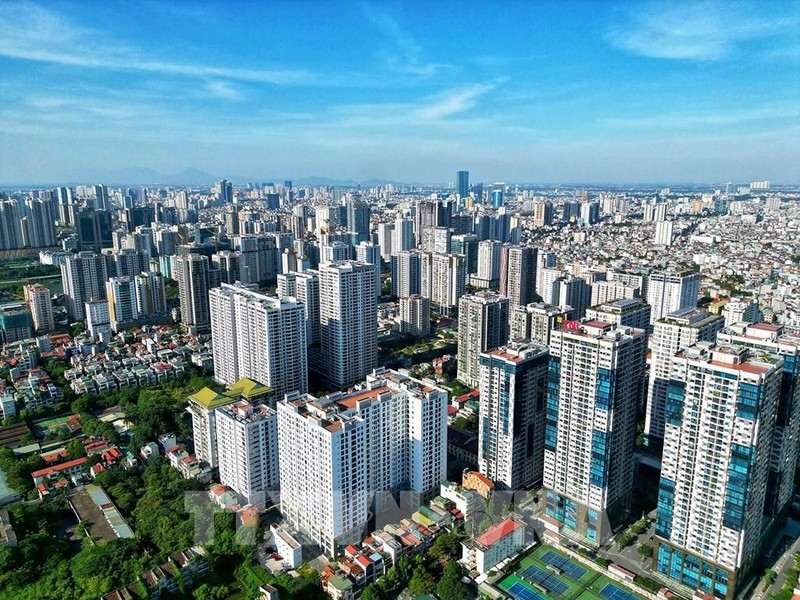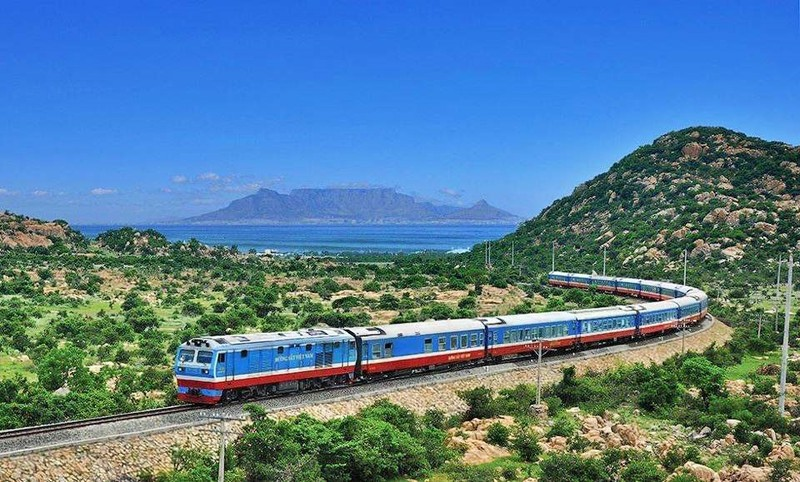Tesla, a multi-million-dollar company known for its union-busting tactics, has fired over 40 workers at their plant in Buffalo, NY in an attempt to halt a fast-growing union drive.
At Tesla plants across the country, workers have reported issues with low pay, wage theft, and safety violations. Workers at the Tesla Gigafactory 2 plant in Buffalo, NY have reported similar issues, such as workers living paycheck-to-paycheck, a lack of pay transparency, purposefully confusing management structure, insufficient sick time, inability to provide automatic pay raises that were promised, and a lack of say in day-to-day operations.
A group of Buffalo Tesla workers (referred to as Tesla Workers United), launched their union drive on Valentine’s Day this year. This union drive began in November 2022 when the Buffalo Tesla factory closed due to a record-breaking blizzard and Tesla management refused to pay workers unless they used their sick or vacation time that was not already spent. When workers tried to express concerns via official communication channels, those channels were shut down by Tesla management. This led to workers creating their own lines of communication and discussing the need to form a collective voice – a union.
Tesla Workers United plan to be represented by Workers United Upstate New York, a prominent union group in the Buffalo area. Workers United successfully organized the historic first Starbucks union in the United States, which was formed in Buffalo, NY in 2021. Similarly, Buffalo Tesla workers are coming together to form the first-ever Tesla union in the United States. As we saw with Starbucks workers (who now have over 250 unions across the United States), the union drive by Buffalo Tesla workers could be a catalyst for far-reaching union activity across Tesla plants nationwide.
According to a February 14th statement by Tesla Workers United, workers believe that unionizing and creating a more collaborative work environment fulfills Tesla’s existing mission toward sustainability:
“Unionizing will further accelerate the world’s transition to sustainable energy, because it will give us a voice in our workplace and in the goals we set for ourselves to accomplish… Our union will further Tesla’s principles and objectives, including by helping to serve the conscience of the organization and by ensuring and deepening our culture of trust and respect.”
Tesla workers are correct to point out that Tesla’s supposed mission towards sustainability and environmental benefit is at best performative if workers are being abused and refused a voice. Profits should never be a priority over people and the planet.
Unfortunately, Tesla has already implemented harsh union-busting tactics against its workers in Buffalo. Just one day after workers launched their union drive, Tesla fired dozens of workers. Tesla representatives have made excuses that firings were part of regular performance reviews, yet workers made clear that performance reviews were not scheduled until March and rarely include mass layoffs.
Amidst all of this, Tesla has half-heartedly affirmed that they support the right of their workers to unionize. This is clearly a hollow affirmation, given Tesla has refused to sign the Fair Election Principles. If Tesla agrees to sign the Fair Election Principles, they must: 1. not threaten or retaliate against workers for organizing a union, 2. agree to a quick and fair election process, and 3. facilitate Tesla Workers United to hold meetings and post information.
Tesla Workers United have also experienced censorship as they try to gain community support for their campaign on Twitter, which is owned by Elon Musk (Tesla CEO). According to a recent National Labor Relations Board (NLRB) charge, Tesla Workers United’s Twitter page (@united_tesla) was restricted from appearing on Twitter’s search function. Purposefully stopping or discouraging Tesla Workers United from communicating with fellow workers and the public via Twitter is against the National Labor Relations Act.
This is not the first time Tesla has used illegal union-busting tactics. In 2018, Musk took to Twitter to intimidate Tesla employees against unionizing. Specifically, Musk threatened to revoke employee stock options:
The NLRB ordered Tesla to delete Elon Musk’s unlawful tweet, but the Tesla CEO has never removed the message. But that’s not all.
In 2021, the NLRB found that Tesla had illegally fired an employee attempting to unionize at a Tesla plant in Fremont, California. In 2022, the NLRB ruled that Tesla had illegally prohibited workers from wearing union insignia or apparel in the workplace. Just recently, workers in a new Tesla factory in Austin, TX reported rampant wage theft and falsified safety records.
Given Tesla’s (and Elon Musk’s) history of abusing and intimidating workers, it’s inspiring to see that organizers have decided they aren’t going to take it anymore. Already, Tesla workers at the Buffalo plant are receiving outstanding support for their collective efforts. People in Buffalo, NY, and nationwide are realizing that it is the workers that make Tesla successful – NOT mega-rich CEOs like Elon Musk.
Elon Musk has done nothing but put workers in danger and violate their basic human rights. Musk has a bloated net worth of almost $200 billion dollars and has made clear that he will do much more to protect his perverse fortune than to support the workers that make his company run.
Workers unionizing in Buffalo are proving to workers everywhere that: when we organize, we can beat the boss!
If you’d like to donate to fired workers at Buffalo’s Tesla plant, follow this link.
